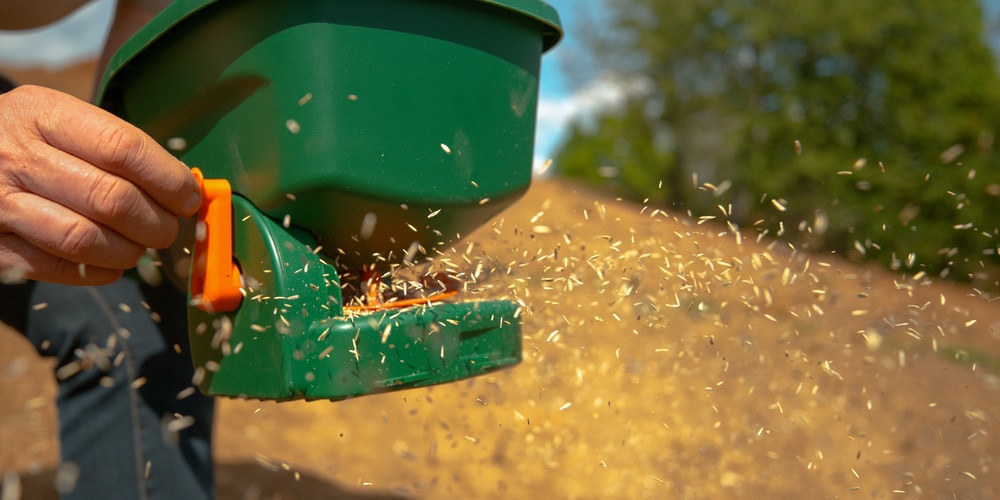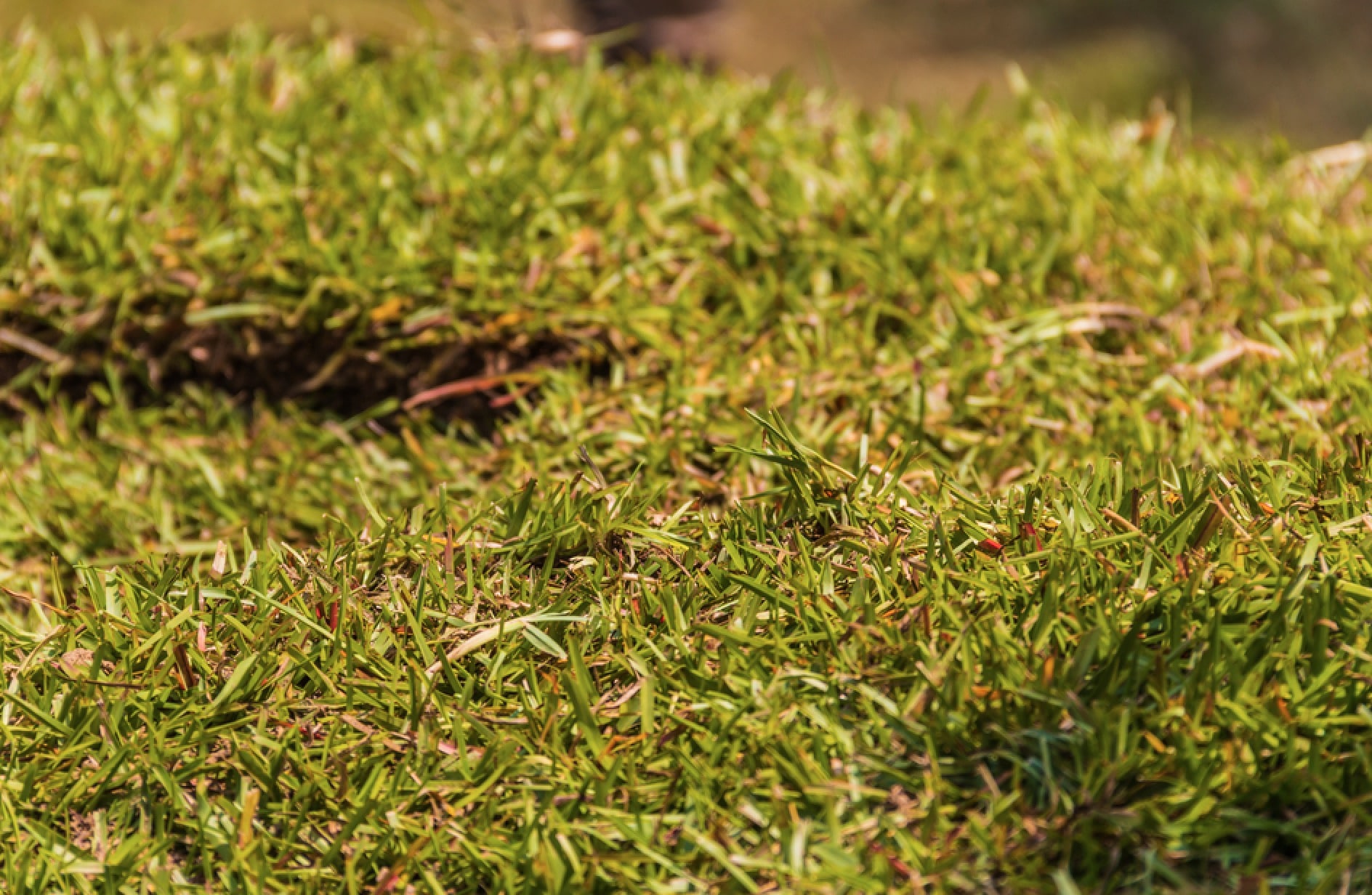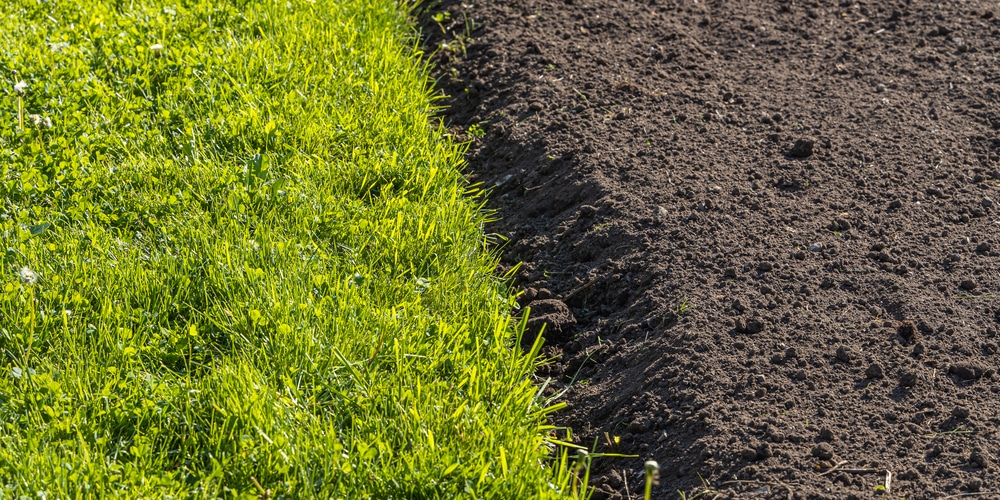
Whether it’s too late to plant grass seed depends on your current climate, the type of grass, and the time of year. Here’s a general guideline:
- Cool-Season Grasses: These include fescue, bluegrass, and ryegrass, best planted in early fall or early spring. If temperatures are expected to drop below 50°F (10°C) consistently, or if a hard freeze is imminent within the next 60 days, it may be too late for fall planting. In spring, planting should occur after the last frost and when soil temperatures reach at least 50°F (10°C).
- Warm-Season Grasses: Such as Bermuda, zoysia, and centipede grass, thrive when planted in late spring or early summer, when soil temperatures are consistently above 65°F (18°C). If your area is approaching fall or temperatures are starting to cool significantly, it’s likely too late to plant these grasses.
Considerations:
- Your Climate Zone: This greatly influences planting windows. Check local extension services for specific advice.
- Soil Temperature: Grass seeds need proper soil temperatures to germinate.
- Upcoming Weather: Sufficient growing time before the stress of winter cold or summer heat is crucial.
For a more tailored answer, including your location or current date can help determine if it’s the right time for planting grass seed in your specific area.
Now, we’ll begin the longer form article…
Understanding Grass Seed Planting Times
Planting grass seed relies heavily on timing for successful germination and growth.
Warm-season grasses thrive with higher soil temperatures, ideally above 65°F (18°C), making late spring through early summer optimal for planting.
Conversely, cool-season grasses have two favorable planting windows: early spring and early fall when temperatures are cooler but not cold enough to freeze the soil.
Here’s a quick guide to grass seed planting times:
- Warm-Season Grasses
- Late Spring to Early Summer: Ground temperatures should be warm, above 65°F.
- Avoid Extreme Heat: Growth can be hampered by temperatures above 90-95°F (32-35°C).
- Cool-Season Grasses
- Early Spring: As soon as the threat of frost has passed.
- Early Fall: Soil temperatures are typically ideal, still warm from summer to stimulate growth.
It is crucial to check local climate patterns before seeding.
Sowing warm-season grass seed when it’s too cool or vice versa can result in poor germination.
Seeding too close to the onset of hot summer temperatures or winter frosts can lead to inadequate establishment of the grass, making it more susceptible to damage.
To ensure proper soil conditions, a soil thermometer can be a helpful tool for gardeners.
Matching the specific grass variety to its preferred soil temperature range is key for robust growth.
Regular maintenance, such as watering and weed control, is also imperative once the grass has been planted to safeguard the new seedlings.
Best Practices for Late Planting
Late planting of grass seed requires careful selection of seed, soil preparation, and seeding techniques to ensure successful germination and establishment, despite the challenges posed by advancing seasons.
Choosing the Right Grass Seed
When planting grass seed late in the growing season, it’s critical to select a variety that can quickly germinate and establish in shorter timeframes.
For regions entering cooler months, one should consider cool-season grasses such as ryegrass, fescue, or bluegrass.
Conversely, warm-season grasses are typically unsuitable for late planting as they demand higher temperatures for growth.
Examples of cool-season grasses:
- Perennial ryegrass
- Tall fescue
- Kentucky bluegrass
Soil Preparation for Late Seeding
Soil temperature and condition play a pivotal role in the success of late seeding.
The soil should ideally be in the upper 60s (Fahrenheit) for cool-season grasses. They should perform these steps:
- Remove weeds and debris.
- Conduct a soil test to determine pH balance and nutrient needs.
- Amend the soil based on test results.
- Till the soil to a depth of about 2-3 inches to create a conducive environment for seed-to-soil contact.
Seeding Techniques for Late Planting
He should deploy efficient seeding techniques to maximize the chances of successful late-season growth. Here are a few:
- Sowing: Disperse seeds evenly, using a spreader for large areas.
- Depth: Lightly rake the soil to cover seeds, ensuring they’re no more than 1/4 inch deep.
- Watering: Maintain consistent moisture in the seedbed without causing runoff, through light, frequent watering especially in the absence of regular rainfall.
Late Planting Challenges and Solutions
When planting grass seed late in the season, a gardener may encounter several issues including frost, moisture imbalances, and seed predation. Each challenge requires a specific approach to ensure successful grass seed germination and growth.
Dealing with Frost
Late season planters often face the risk of early frost, which can damage or kill newly sprouted grass. They must monitor weather forecasts vigilantly. To mitigate this risk:
- Use Frost Blankets: Covering the seeded areas with frost blankets can protect young shoots.
- Choose Frost-Resistant Varieties: Opting for grass types that can withstand colder temperatures might offer a buffer against unexpected frost.
Addressing Moisture Issues
Adequate soil moisture is crucial for seed germination, yet late planting may coincide with dryer conditions or heavy rains that can displace seeds. To maintain proper moisture levels:
- Mulching: Applying a thin layer of mulch helps retain soil moisture and maintain even soil temperatures.
- Proper Watering Schedule: One should establish a watering routine that keeps the soil moist but not saturated, typically with light, frequent watering sessions.
Preventing Seed Predation
Birds and insects are known to feast on freshly sown grass seed, hindering lawn establishment. Effective strategies include:
- Netting: Protective netting over the seeded area can prevent birds from accessing the seeds.
- Seed Coating: Using seed products coated with a bird-deterrent substance can dissuade birds without harming them.
Maintenance After Late Seeding
Proper maintenance is essential for the successful establishment of grass seeded late in the season. Attention to watering and nutrition greatly influences seed germination and seedling development.
Watering Schedule
Seedlings require consistent moisture to thrive, particularly when planted later than the ideal window. Here is a recommended watering schedule for late-seeded lawns:
- First 1 to 2 weeks: Water four times per day for 10 minutes to maintain consistent soil moisture without causing runoff.
- Week 3 and beyond: Gradually reduce watering frequency to twice per day and then to once every other day as seedlings mature, ensuring the top inch of soil remains moist.
Adjust the schedule based on rainfall and soil type—sandy soils may require more frequent watering, while clay soils retain moisture longer.
Fertilization and Nutrition
Late-seeded grasses face the challenge of establishing while weather conditions are shifting. Therefore, they require a well-balanced nutrition plan:
- Starter Fertilizer: Apply a starter fertilizer at seeding to provide essential nutrients for root growth and development.
- Subsequent Feeding: After 4-6 weeks, apply a second round of fertilizer to support continued growth. Opt for a balanced N-P-K (nitrogen, phosphorus, potassium) formula suited for your specific grass type.
Alternative Options to Late Seeding
When it comes to establishing a lush lawn outside the ideal seeding window, homeowners have several alternative strategies to consider.
These options are geared towards ensuring a healthy lawn year-round, despite missing the optimal seeding period.
Sod Installation: For an instant lawn, one can opt for sod installation.
Sod is pre-grown grass that you can lay down on your soil, providing immediate green coverage.
It’s essential, however, to ensure that the ground is prepared adequately for sod to take root effectively.
Hydroseeding: This method involves a slurry of seed, mulch, fertilizers, and water being sprayed over the soil.
Hydroseeding can promote quicker germination and is cost-effective for covering large areas.
Overseeding: For established lawns showing signs of thinning, overseeding is a superb fix.
It involves sowing new grass seed directly into existing turf without tearing up the turf or the soil.
It’s best done when the lawn is still actively growing and can help in filling in bare patches.
Artificial Turf: As a last resort, one could consider artificial turf.
It provides a green look all year without any concerns about planting times, watering, or maintenance.
| Method | Advantages |
|---|---|
| Sod | Instant lawn; no germination waiting time. |
| Hydroseeding | Cost-effective; rapid germination. |
| Overseeding | Enhances existing lawns; no soil disturbance. |
| Artificial Turf | Low maintenance; not limited by seasons. |
Frequently Asked Questions
Timing and method are critical when it comes to planting grass seed to achieve a lush, healthy lawn.
What is the optimal time frame for planting grass seed in the fall?
The optimal period for seeding cool-season grasses in the fall typically begins in late summer and extends through early fall.
This window allows the grass to establish before winter.
Can grass seed be effectively established if sown in winter conditions?
Sowing grass seed in the winter is not ideal, as cold temperatures can hinder germination and growth.
The seed may remain dormant until spring but risks being lost to erosion or bird feeding.
What are the consequences of sowing grass seed later than recommended?
Seeding grass later than the recommended period can result in poor germination, weaker root systems, and a higher likelihood of disease and damage from inclement weather.
How late in the spring can one plant grass seed for successful germination?
For warm-season grasses, successful germination can occur if planting is done when soil temperatures consistently stay above 55°F, but typically before the daily air temperatures reach above 90°F.
In colder climates, such as Minnesota and Massachusetts, when does the window for planting grass seed close?
In colder climates like Minnesota and Massachusetts, the window for planting cool-season grass seed typically closes when the soil temperatures drop below 50°F in the fall.
Are there any specific considerations for planting grass seed in regions like Michigan?
Michigan planters should consider both climate and soil conditions.
For cool-season grasses, early fall planting is recommended. This takes advantage of the natural moisture and moderate temperatures.
Last update on 2025-06-06 / Affiliate links / Images from Amazon Product Advertising API




